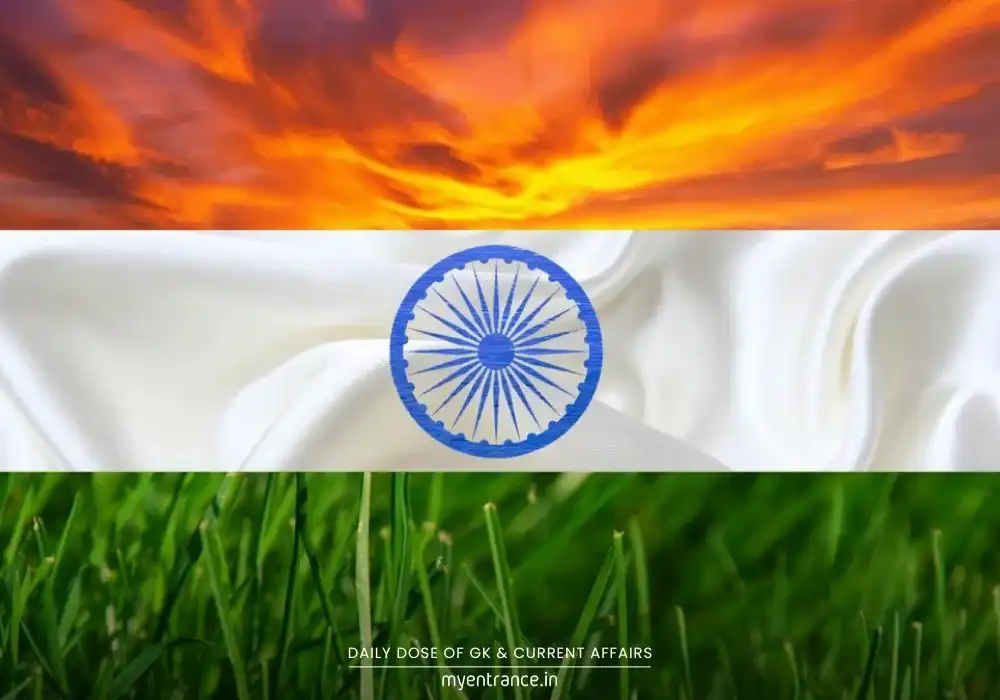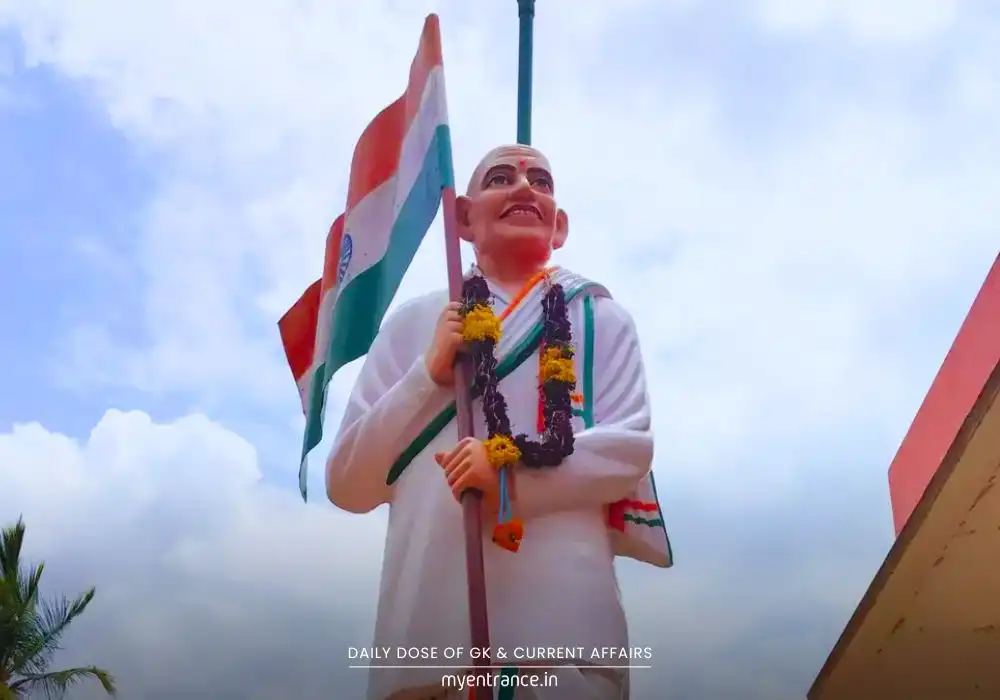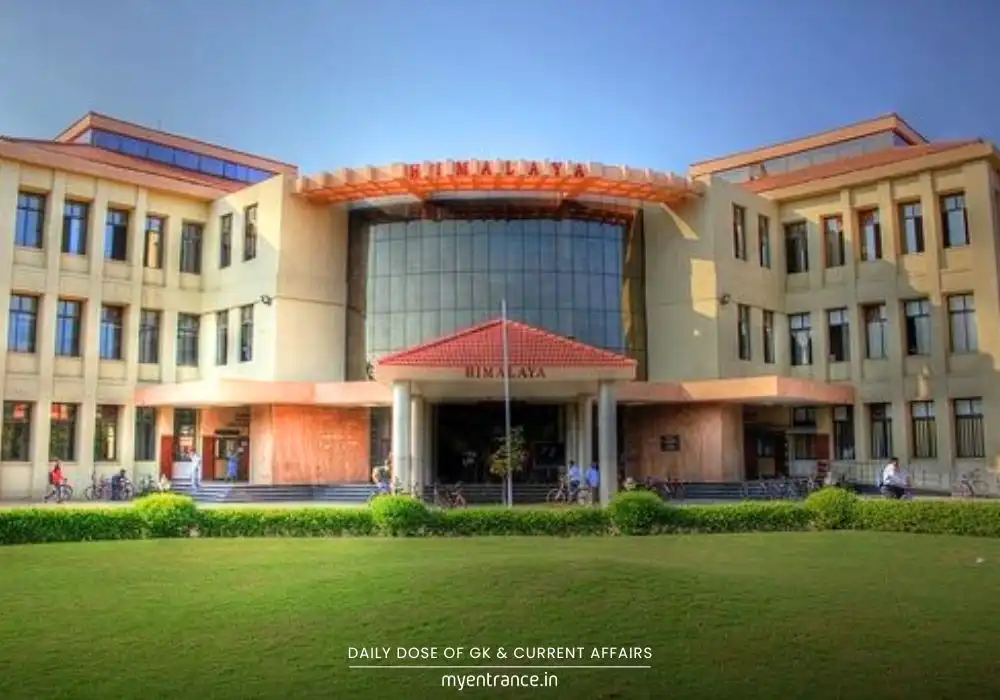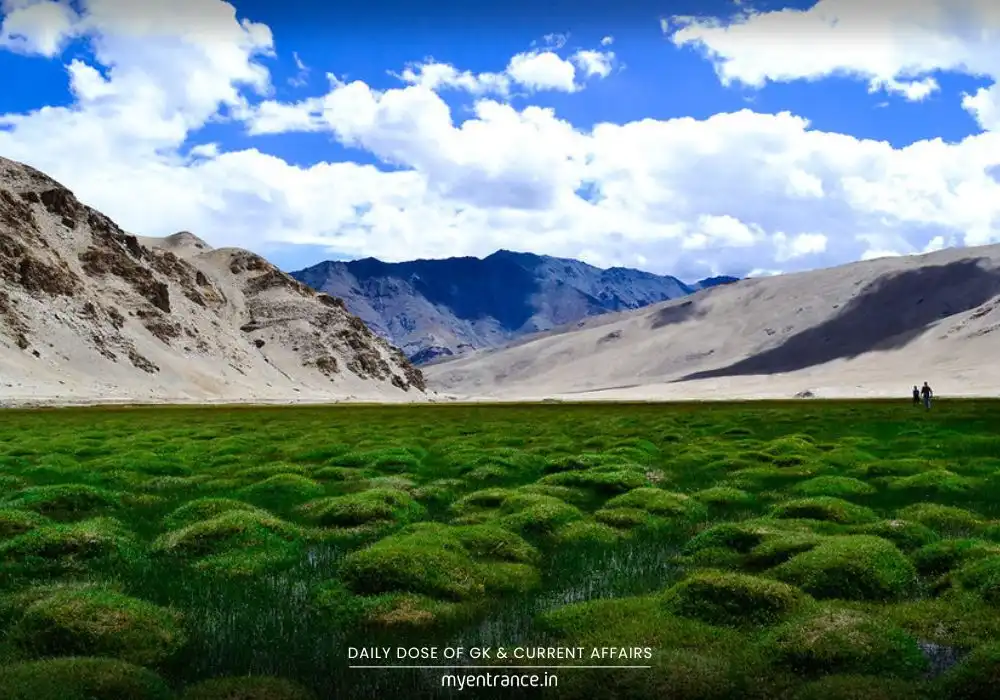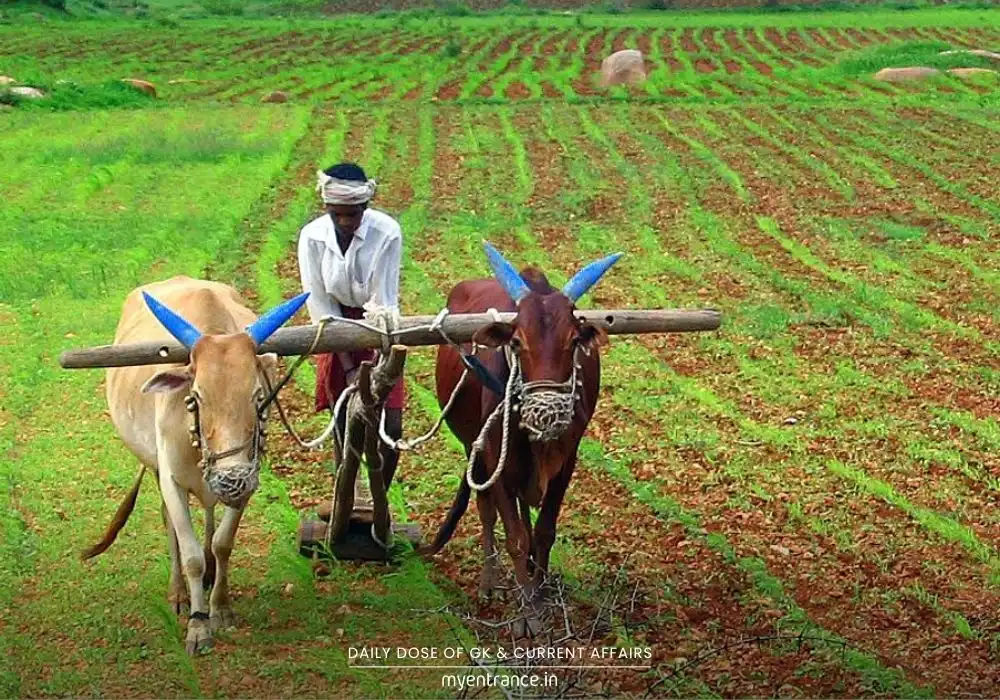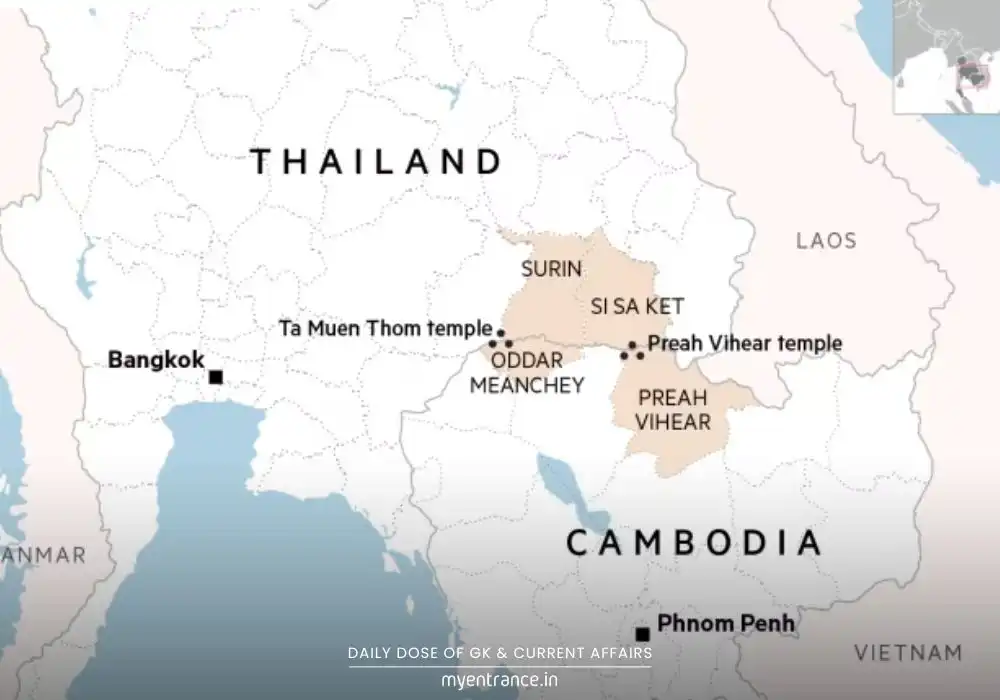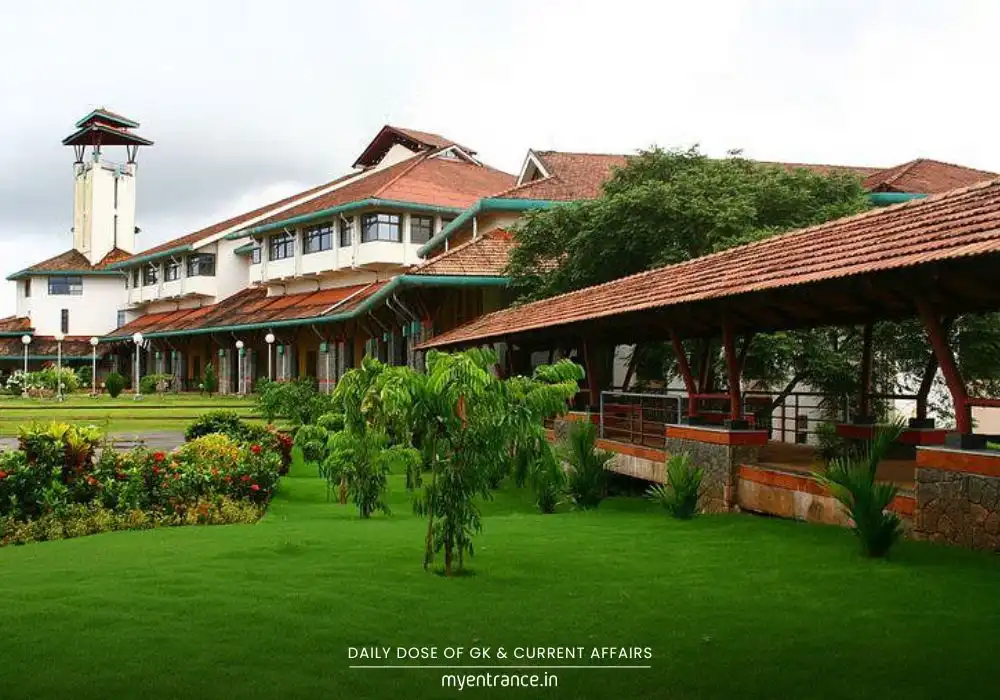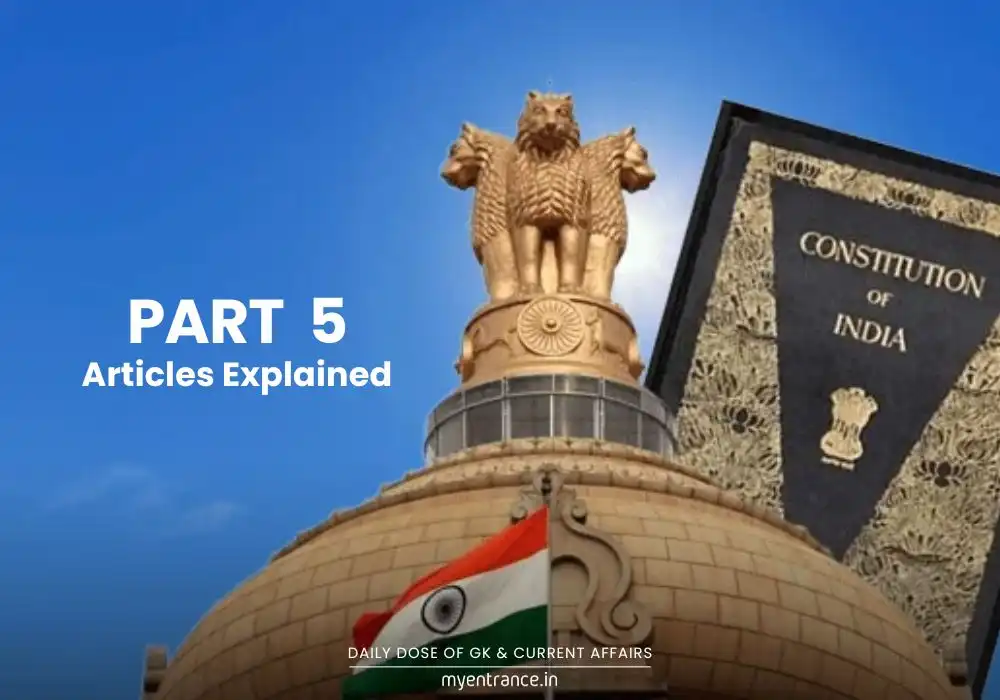Translate Language
Which National Park Floats on Water in India? The Answer Will Amaze You!
Keibul Lamjao National Park is not just another wildlife reserve—it’s a floating wonder in Manipur’s Loktak Lake. Famous for its rare Sangai deer and unique phumdi ecosystem, this park is a critical topic for competitive exams. Let’s explore why this park is so special and how it can help you ace your exams.
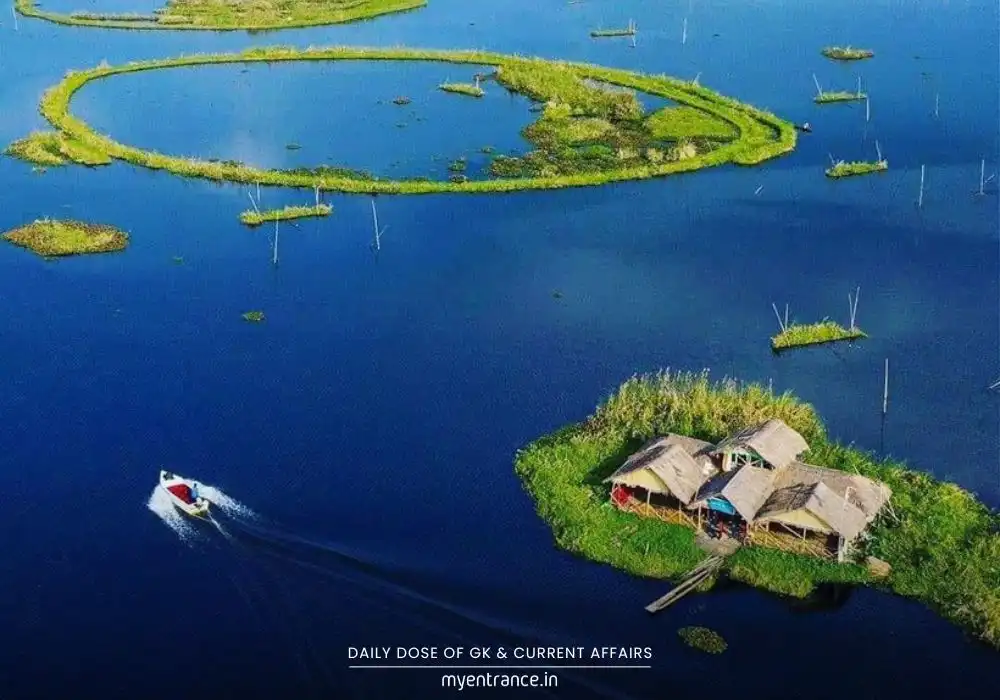
Which National Park Floats on Water in India?
The answer is Keibul Lamjao National Park in Manipur—the only floating national park in the world! Unlike traditional parks built on land, this one rests on phumdis, thick floating mats of vegetation, soil, and organic matter drifting on Loktak Lake.
Why Does It Float?
The park is sustained by phumdis, natural floating islands that rise and fall with water levels.
These structures are strong enough to support wildlife, including the endangered Sangai deer.
Loktak Lake, where the park is located, is a Ramsar Wetland, recognized for its ecological importance.
Why is Keibul Lamjao Important for Exams?
Competitive exams like UPSC, SSC, PSC, and NDA frequently ask about:
✅ Unique geographical features (only floating national park in the world).
✅ Biodiversity hotspots (home to the endangered Sangai deer).
✅ Ramsar Sites (Loktak Lake is a designated wetland of international importance).
✅ Conservation efforts (how Manipur protects this fragile ecosystem).
Wildlife & Ecosystem of Keibul Lamjao
Beyond the Sangai deer, the park hosts:
Hog deer, wild boars, and otters
Over 100 bird species, including migratory birds in winter
Rare aquatic plants and fish crucial to the local ecosystem
Questions & Answers on Keibul Lamjao National Park
Q1: Which is the only floating national park in India?
Ans: Keibul Lamjao National Park in Manipur.
Q2: What is the significance of phumdis in Keibul Lamjao?
Ans: Phumdis are floating vegetation mats that support the park’s ecosystem, allowing wildlife like the Sangai deer to thrive.
Q3: Which endangered species is found only in Keibul Lamjao?
Ans: The Sangai deer (also called the Dancing Deer), Manipur’s state animal.
Q4: Loktak Lake, where Keibul Lamjao is located, is a ____ site.
Ans: Ramsar Wetland (internationally recognized for conservation).
Q5: When was Keibul Lamjao declared a national park?
Ans: 1977 (initially a sanctuary in 1966).
Keibul Lamjao is more than just a park—it’s a natural marvel and a vital topic for competitive exams. Whether you’re preparing for UPSC, SSC, or state PSCs, understanding this floating ecosystem can give you an edge. Keep exploring, and stay tuned to MyEntrance.in for more exam-focused insights!
Get 3 Months Free Access for SSC, PSC, NIFT & NID
Boost your exam prep!
Use offer code WELCOME28 to get 3 months free subscription. Start preparing today!
